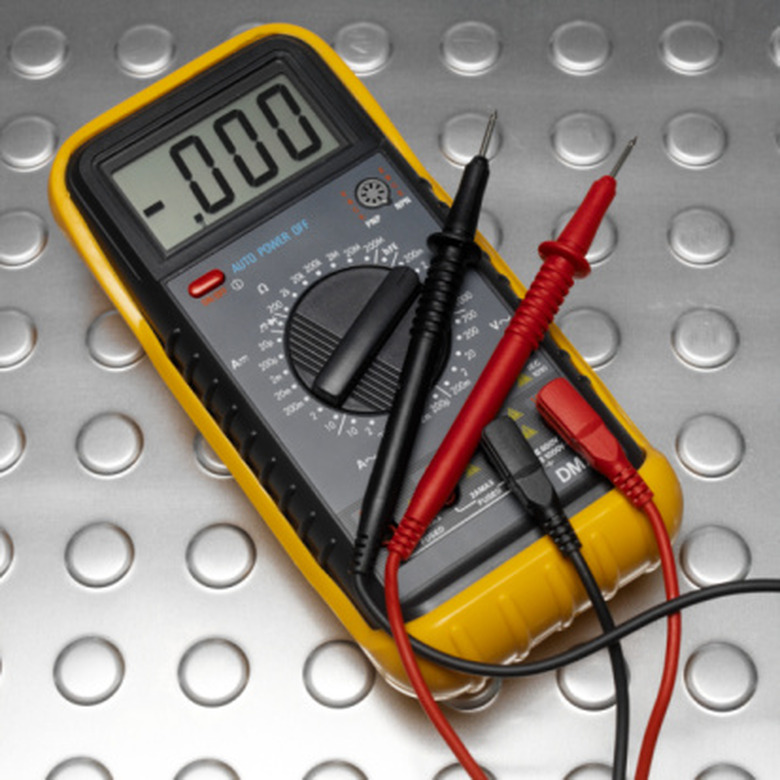How To Measure The Voltage In Fruits
Although it seems to be a strange concept, many fruits are capable of generating electricity. With the acids in these fruits acting as electrolytes, metals placed into the fruit can serve as electrodes, creating electrical current. This current is low enough not to pose any significant danger, yet can be safely measured by elementary school students. Measuring and comparing the voltage potentials of various fruits is an ideal science fair experiment for any child interested in the magic of energy.
Step 1
Cut the copper wire into 3-inch lengths. Sand the ends of the copper wire and the zinc-coated nail.
Step 2
Insert the copper wire and nail into a piece of fruit. The wire and nail should be at least 1-inch away from each other.
Step 3
Turn on the voltmeter. Connect the red lead to the copper wire and connect the black lead to the nail.
Step 4
Write down the voltage displayed on the voltmeter. Repeat the experiment with a different fruit and collect the results of each fruit in a chart.
Things Needed
- Various fruits
- Voltmeter
- Copper wire
- Zinc-coated nails
- Wirecutters
- Sandpaper
TL;DR (Too Long; Didn't Read)
Form a hypothesis prior to the test about which fruit will create the greatest voltage. Consider attempting this experiment with other items, such as a glass of orange juice. Compare the voltages of each fruit to a standard battery
Cite This Article
MLA
II, Bryan Stokes. "How To Measure The Voltage In Fruits" sciencing.com, https://www.sciencing.com/measure-voltage-fruits-8682641/. 24 April 2017.
APA
II, Bryan Stokes. (2017, April 24). How To Measure The Voltage In Fruits. sciencing.com. Retrieved from https://www.sciencing.com/measure-voltage-fruits-8682641/
Chicago
II, Bryan Stokes. How To Measure The Voltage In Fruits last modified March 24, 2022. https://www.sciencing.com/measure-voltage-fruits-8682641/
